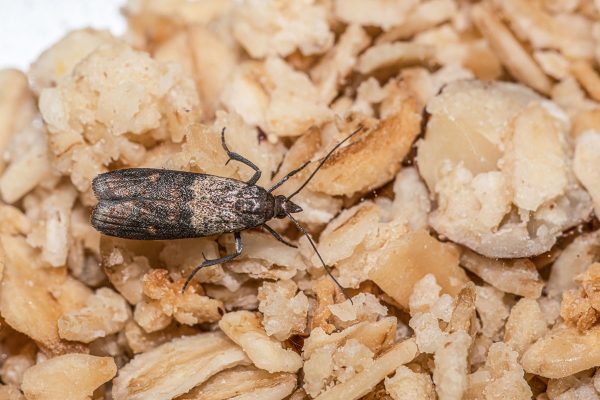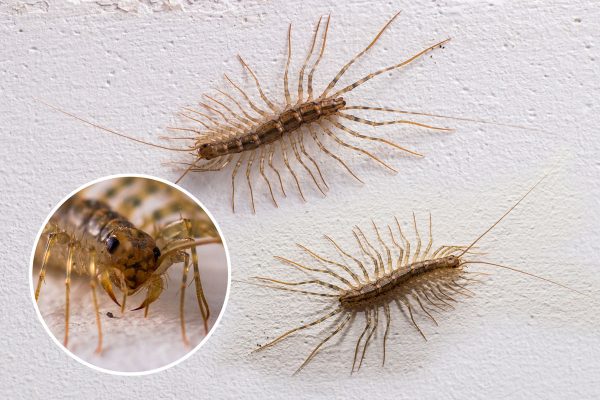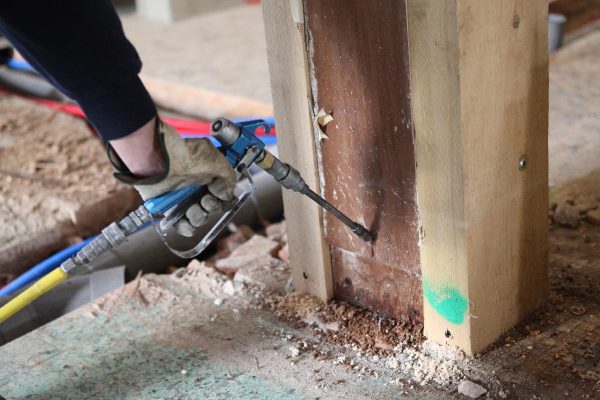Bald-faced hornets are stinging insects of considerable size. You know them as hornets, but they're from the family of wasps. However, the question here is, can they sting more than once? Well, we are curious about that particular matter, too. That is why we have conducted thorough research to find the answer.
Because their stingers do not barb, bald-faced hornets can sting numerous times. Their sting is painful because it has venom. The venom from the bald-faced hornets can cause the stings to itch, swell, and hurt for up to 24 hours.
Are you getting more curious about this kind of wasps? If so, we encourage you to read further. We have so much information to share with you. We might even answer some of the additional questions running through your mind.
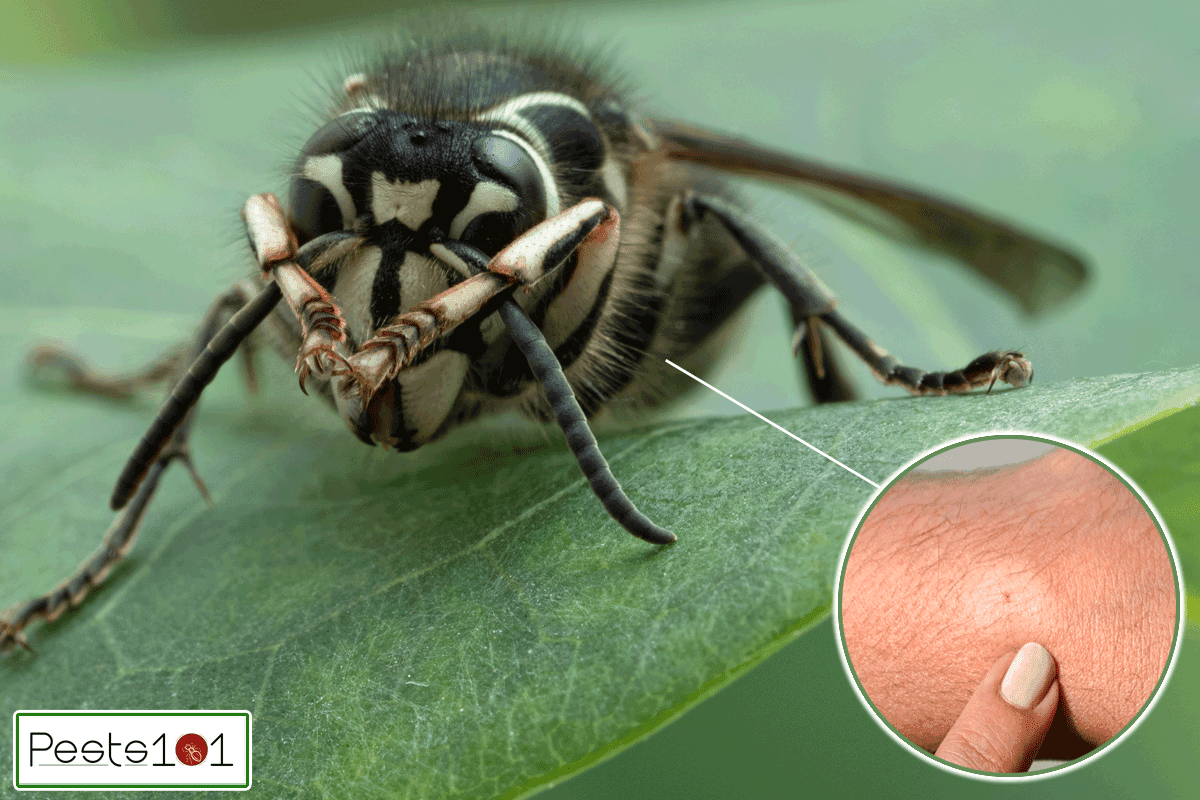
Essential Facts About Bald-faced Hornets
1. Bald-faced Hornets Can Sting More Than Once
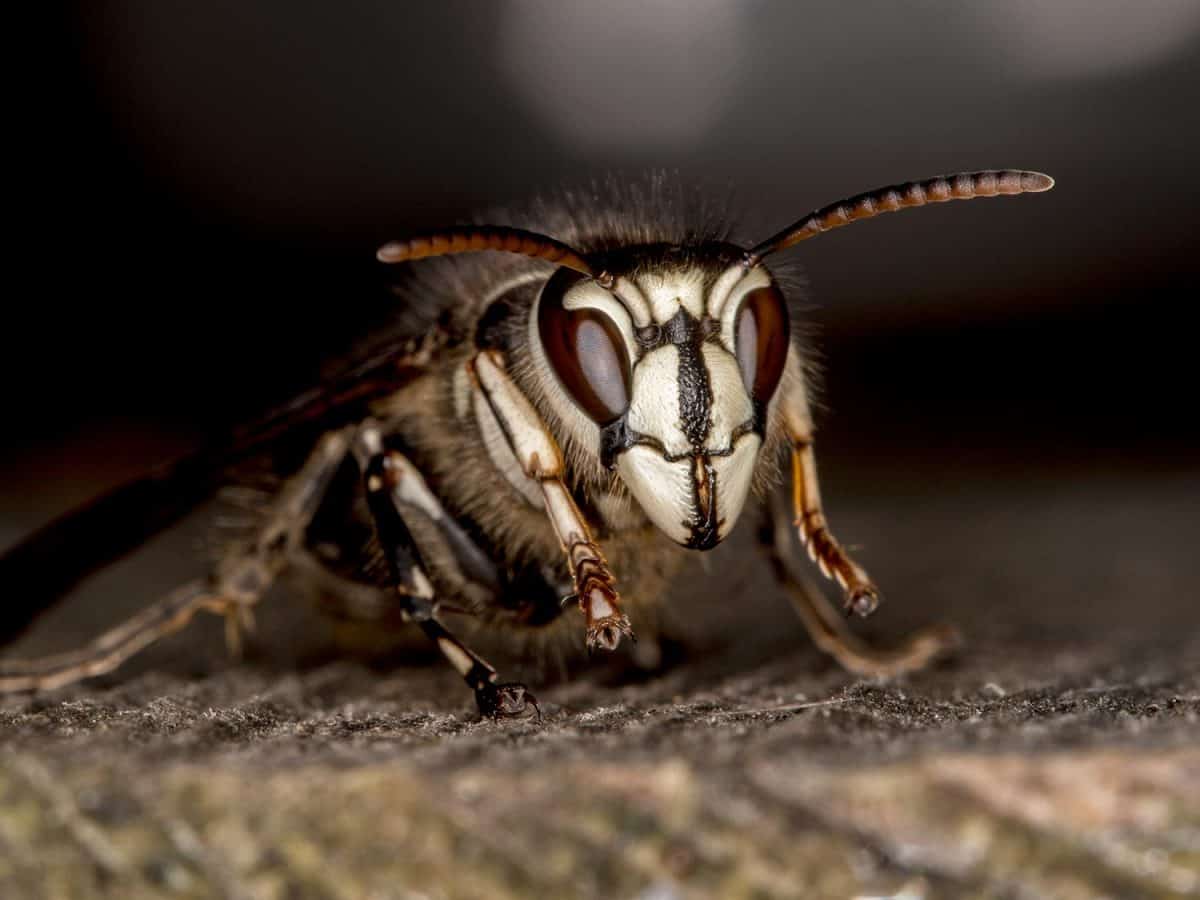
Please do not disturb their nest! Bald-Faced hornets guard their nests fiercely. A large number of aggressive wasps can attack animals or humans once you have disturbed their hives. Do not tempt them because they can sting numerous times. And you don't want the feeling of being stung by them.
2. Spotting The Nests Of Bald-faced Hornets
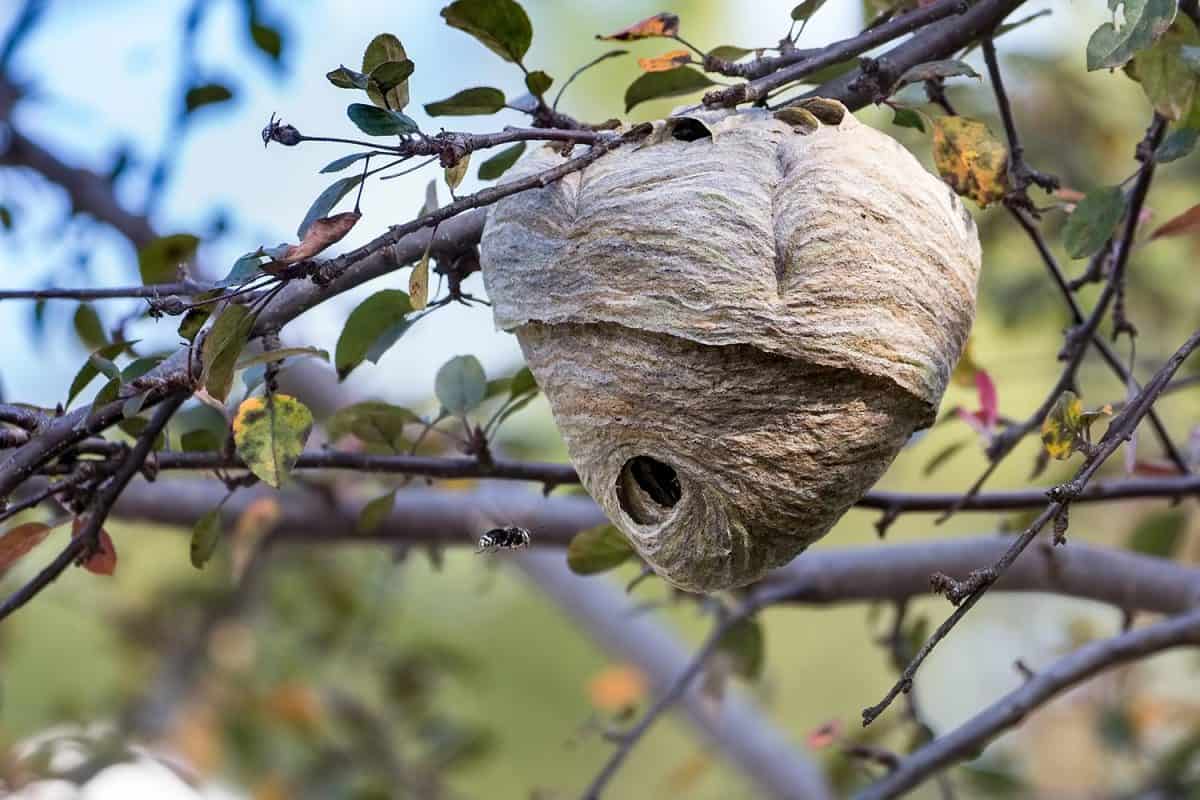
Unlike digger wasps and cicada killer wasps, bald-faced hornets do not create ground nests.
Instead, the nests are always present at least three feet above ground in fences, lights, bushes, shrubs, and under the building eaves. The bald-faced hornet's nest is grey and can be more than two feet in length. And we suggest extreme caution for nests that you can see near human activity.
Do you have an idea how many bald-faced hornets a single hive contains? Well, a colony includes a queen and its workers. And that single colony can house up to 400 workers!
Only the queens endure the winter in safe locations such as hollow trees, rock piles, under bark, and building attics and walls. Lastly, every spring, the queen constructs a new hive.
3. You Cannot DIY To Remove A Bald-faced Hornet's Hive
Because of the risk of painful hornet stings and allergic reactions, we highly suggest calling a pest control professional if you want to remove the hive of the bald-faced hornets. It would be best to do such a thing, especially if you don't know how to do the job.
Additionally, it will help you avoid getting hurt and ensure that the professionals will completely get rid of the hive or colony.
What Are the Most Common Wasp Sting Symptoms?
As mentioned, the stings of bald-faced hornets or all wasps are venomous. And if one stings you, you will know that immediately. The stings from them will generate a reaction. You will feel a sharp burning in the area where they stung you.
And below are some of the additional sting symptoms:
- redness
- pain and burning
- swelling
- itching
Wasp stings cause mild local reactions, and most people do not require medical attention.
How Does A Wasp Sting Appear?
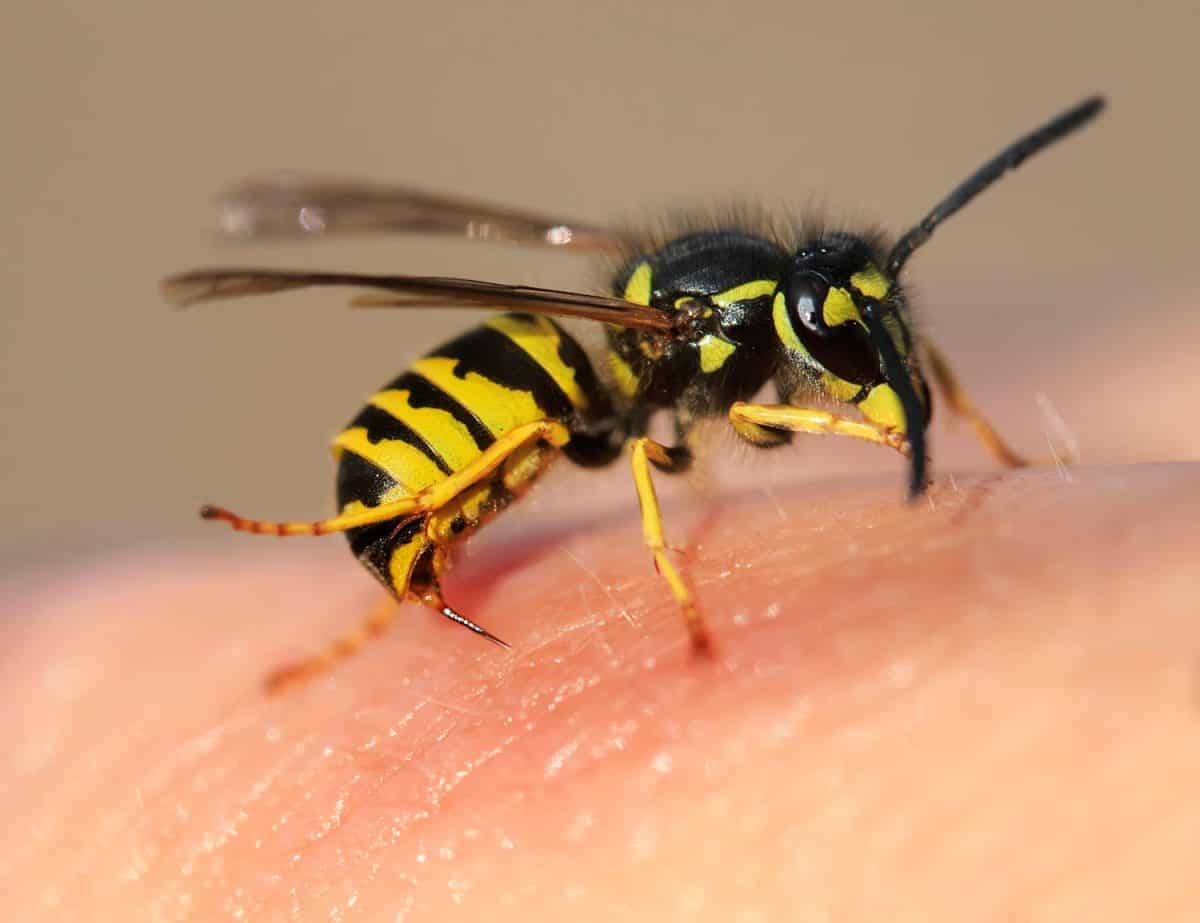
There are some instances in which you don't know what stung you. So, how do you tell if it is a wasp sting and not other bites or stings?
A small puncture wound in the area of pain and burning is typical of a wasp sting. And even a drop of blood may be present in the wound's center, marking where the stinger penetrated your body.
Mild local reactions cause redness and swelling to fade over time, whereas more extensive local reactions can take several days to resolve.
How To Tell If You Are Having Allergic Reactions To Wasp Stings?
The stings of wasps can be painful, but they are rarely harmful. Unless you are allergic to wasp venom or have an insect allergy.
If you have insect venom allergies, signs usually appear within minutes sting. Because the severity of a reaction differs for every person, some people are only mildly impacted by the venom.
Hives (without breathing difficulty) near the sting's location and other areas of the body are signs of a mild allergic reaction. Some people also have a slight drop in blood pressure, which causes them to be slightly dizzy.
When Should You Seek Medical Help for a Wasp Sting?
Every year, between 50 and 100 people die because of the stings of wasps and bees. Because insect stings are a typical cause of anaphylaxis, it is critical to identify signs of pain as soon as possible.
If you are allergic to the venom of wasps, keep in mind that your first reaction may be mild. But the second and subsequent exposures to the allergen may result in an anaphylactic reaction.
Some additional signs of a severe allergic reaction to the venom of wasps are:
- rapid heartbeat
- diarrhea
- vomiting
- swelling of the tongue, lips, or mouth
- stomach aches
How To Treat Wasp Stings?
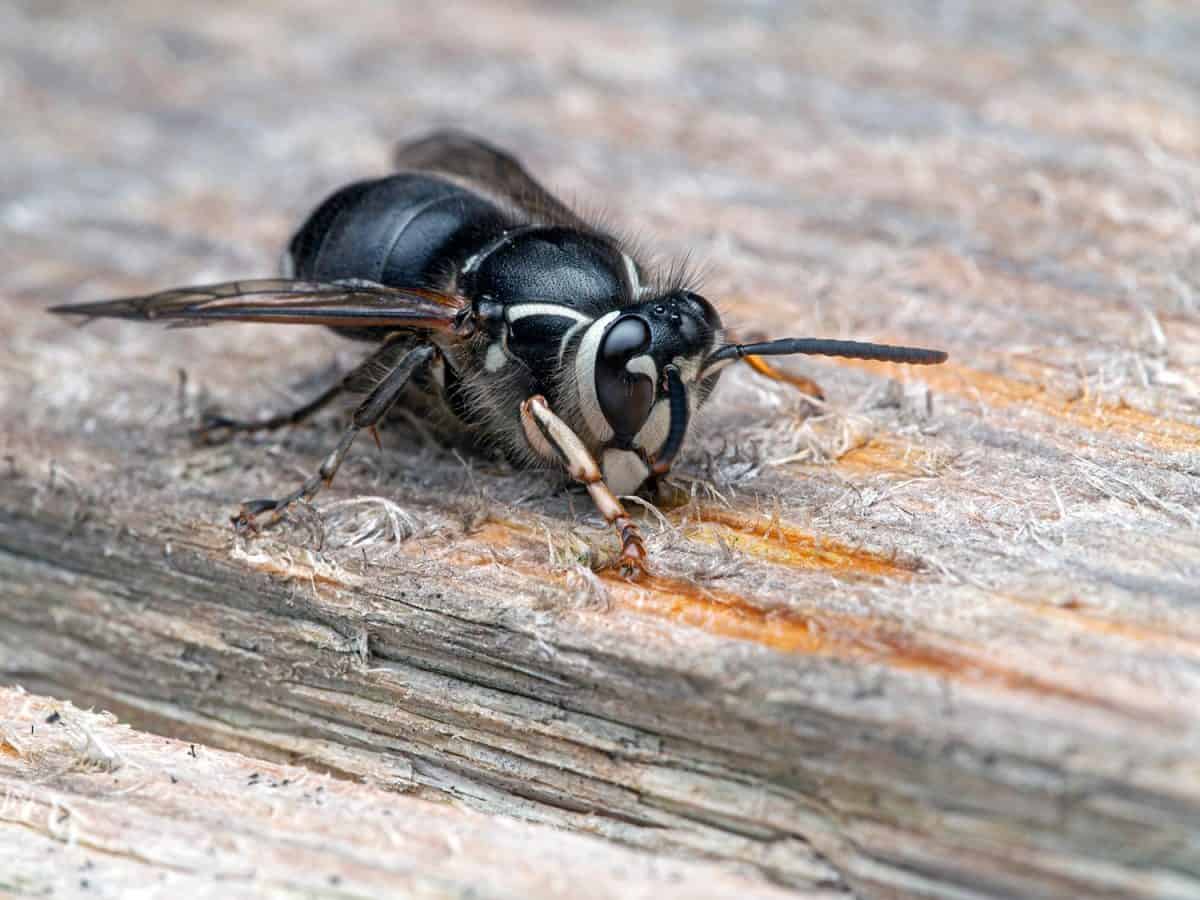
Wasps never lose their stingers. So, you don't have to worry about removing one from your skin. Below are some of the things you should do when you are stung by a wasp.
1. Wash the stung area with water and soap
It is highly advisable to wash and clean the area with soap and water every day until it fully heals. Doing so will avoid skin infection.
2. Put cold compress to relieve swelling and pain
Place a cold pack in a towel and put it on the stung area for 10 minutes. And you have to elevate your arm or leg if that is the infected part.
3. Take an antihistamine
If you have an allergic reaction, we recommend taking an antihistamine such as Claritin or Benadryl. Or it would be best to carry an EpiPen or Epinephrine if you have already experienced a severe allergic reaction to wasp venom before. Take it straight away after a sting to prevent anaphylaxis.
Please always consult your physician about the treatment of allergic reactions to ensure proper medication and dose are used. Seek medical attention immediately if you experience any new, exasperated, or unfamiliar symptoms.
4. Use an over-the-counter pain reliever
If you can't handle the pain anymore, you can take a pain reliever like Motrin, Advil, or Tylenol to lessen the pain
Medication for a moderate to severe allergic reaction includes restoring your health. And this may entail performing cardiac resuscitation or giving oxygen therapy. Please seek medical attention immediately if your health status is at risk.
Ask your doctor about allergen-specific immunotherapy to avoid or minimize future reactions if you've already experienced an allergic reaction to wasp venom.
This therapy is also known as desensitization which includes injecting your body with increasing amounts of wasp venom in an attempt to check how your immune system reacts to the allergen.
You can do that by injecting weekly for a few months and then switching to one injection every three months for maintenance.
What Can You Safely Put On A Wasp Sting?
Apply an over-the-counter, topical anti-itch lotion over the puncture to alleviate irritation from a wasp sting. Calamine lotion or Hydrocortisone cream are two options. Follow the instructions carefully.
Please seek medical consultation immediately if you are unsure about any of these treatments or experience a reaction to these treatments.
If you want, you can cover the sting using a bandage. Doing so will protect the sting by keeping clothing and jewelry from rubbing on it, which can cause discomfort and itching.
Check out this Hydrocortisone cream on Amazon.
Home Remedies To Treat Wasp Stings
Good thing there are some treatments available in your home to relieve wasps sting. Check the following:
Baking Soda Paste
You can apply an alkaline solution of baking soda to the bitten area.
Meat Tenderizer Paste
You can also create a meat tenderizer paste to spread to the sting. It will surely give you relief because the tenderizer can offset the venom.
Check out this meat tenderizer on Amazon.
Diluted Apple Cider Vinegar
Mix one apple cider vinegar with one part water and apply it to the sting. It will relieve irritation and itching because it can restore your skin's natural pH level.
Check out this Bragg apple cider vinegar on Amazon.
Aloe Vera
You can also spread aloe vera to the bitten area. Aloe vera consists of anti-inflammatory and anti-bacterial properties.
Oatmeal
Lastly, you can also apply oatmeal to the sting because it has anti-inflammatory properties. And it works excellently in soothing itchy stings and skin irritations.
Wrap It All Up
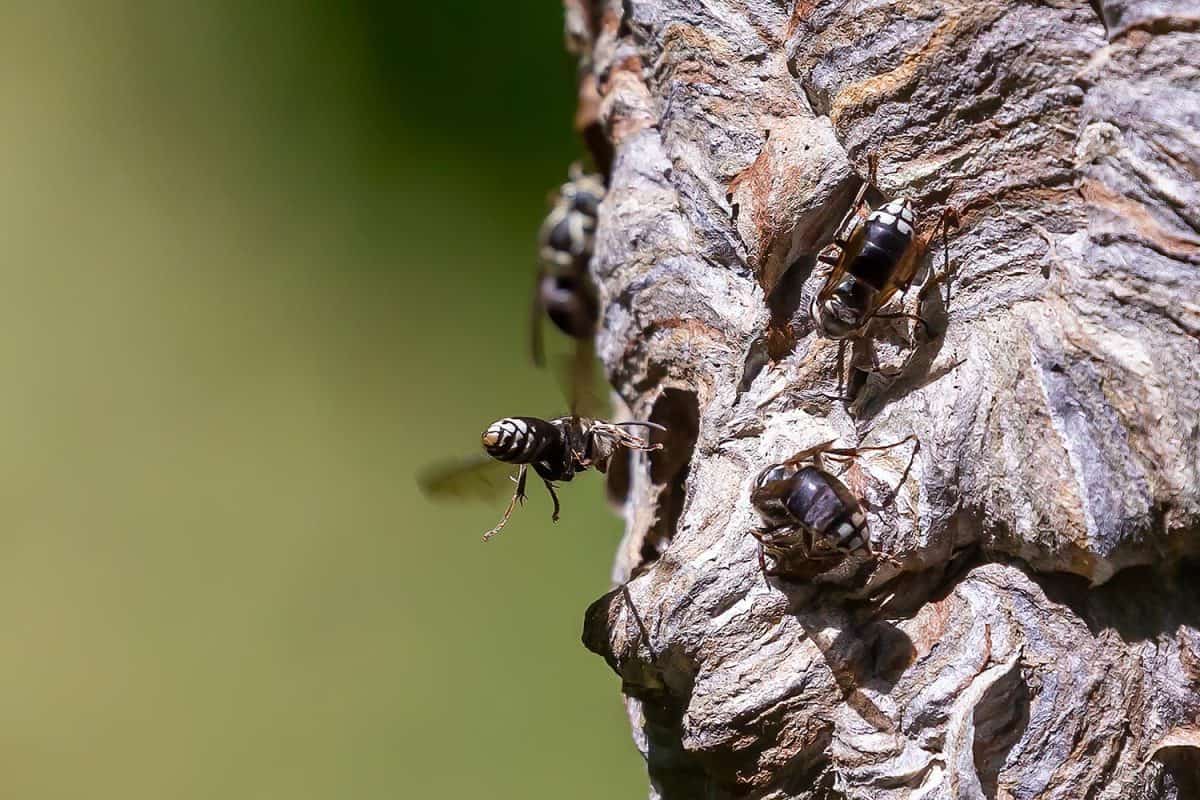
It would be best to keep your eyes open for bald-faced hornets' nests around your home. And it would help not to attempt to destroy it or remove it yourself. You don't want to experience that painful sting they can create.
We hope you find this article helpful. If you have further questions, you can leave a comment below. But before you go, we want to remind you to watch out for more posts coming. Thanks for reading!




